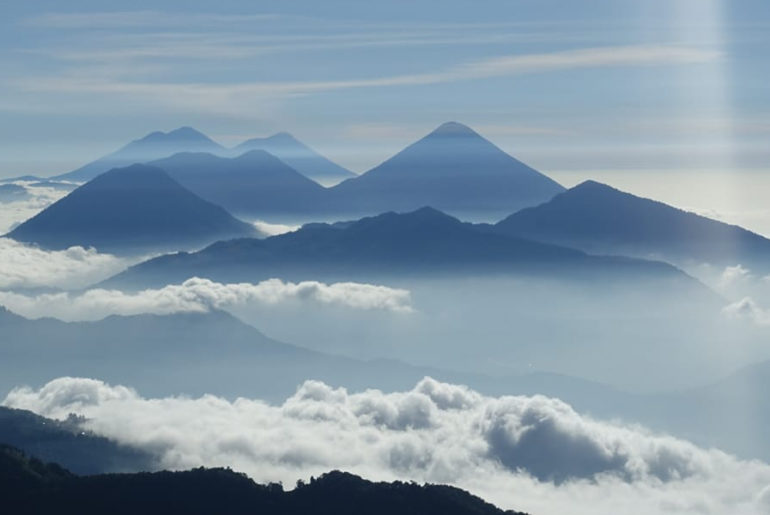QUETZALTENANGO – On Monday December 9th, the White Island volcano in New Zealand erupted, while almost 50 visitors were on the island, killing at least eight. The disaster sparked questions of culpability. Should visitors have been allowed on the island in the first place? The impact of active volcanos are very real and familiar to anyone from Central and South America, threatening the lives and day-to-day operations in cities surrounding the volcanoes.
While not injuring anyone, in November of this year, the active Mexican volcano Popocatepetl erupted. The volcano, which is just outside Mexico City, filled the air with gases and ash. A plane flying from Amsterdam to Mexico City was still far from its destination, in Canada, but was forced to return to Europe. Active volcanoes in the region don’t just threaten travel plans, their potential danger especially increases for those who live on the Central American Volcanic Arc, a line volcano chain that goes through Guatemala, El Salvado, Honduras, Nicaragua, Costa Rica, and Panama.
Depending on the source, Guatemala has anywhere between 32 to 40 volcanos. Three of these are active volcanoes; Volcan Pacaya, Volcan de Fuego (Volcano of Fire), and Santiaguito Volcano. The Fuego volcano made international headlines on June 3, 2018 when a large eruption killed at least 69 people living in the towns below. The disaster left many dead, but even more were left with nothing. The path of lava destroyed homes and entire towns, leaving many displaced and with nothing but what they had with them when they fled. This natural disaster added to the over 250,000 people from Guatemala to migrate to the United States in the past two years.
Again, a question around culpability arises. Is it up to the Guatemalan government to rebuild the towns destroyed by the volcano? Should they have been allowed to live so close to the volcano to begin with? The problem is mixed up with other social issues. The area, already known to be dangerous because of its proximity to the Fuego Volcano, was also predominantly occupied by indigenous families. It also later came out that the Instituto Nacional de Sismologia, Vulcanologia, Meteorologia e HIdrologia de Guatemala (the National Institute of Seismology, Volcanology, Meteorology and Hydrology of Guatemala) gave a warning about the risk of an eruption before it took place. The government and authorities didn’t act on the warning until the eruption already was taking place and it was too late.
This isn’t the first time that this volcano killed indigenous families, but the towns were still permitted to exist and grow. After this recent eruption however, the Guatemalan government declared the community “not appropriate for urban development.” With nowhere to go, the Fuego eruption and the mistakes leading up to it, all have an impact on migration north to the US.

